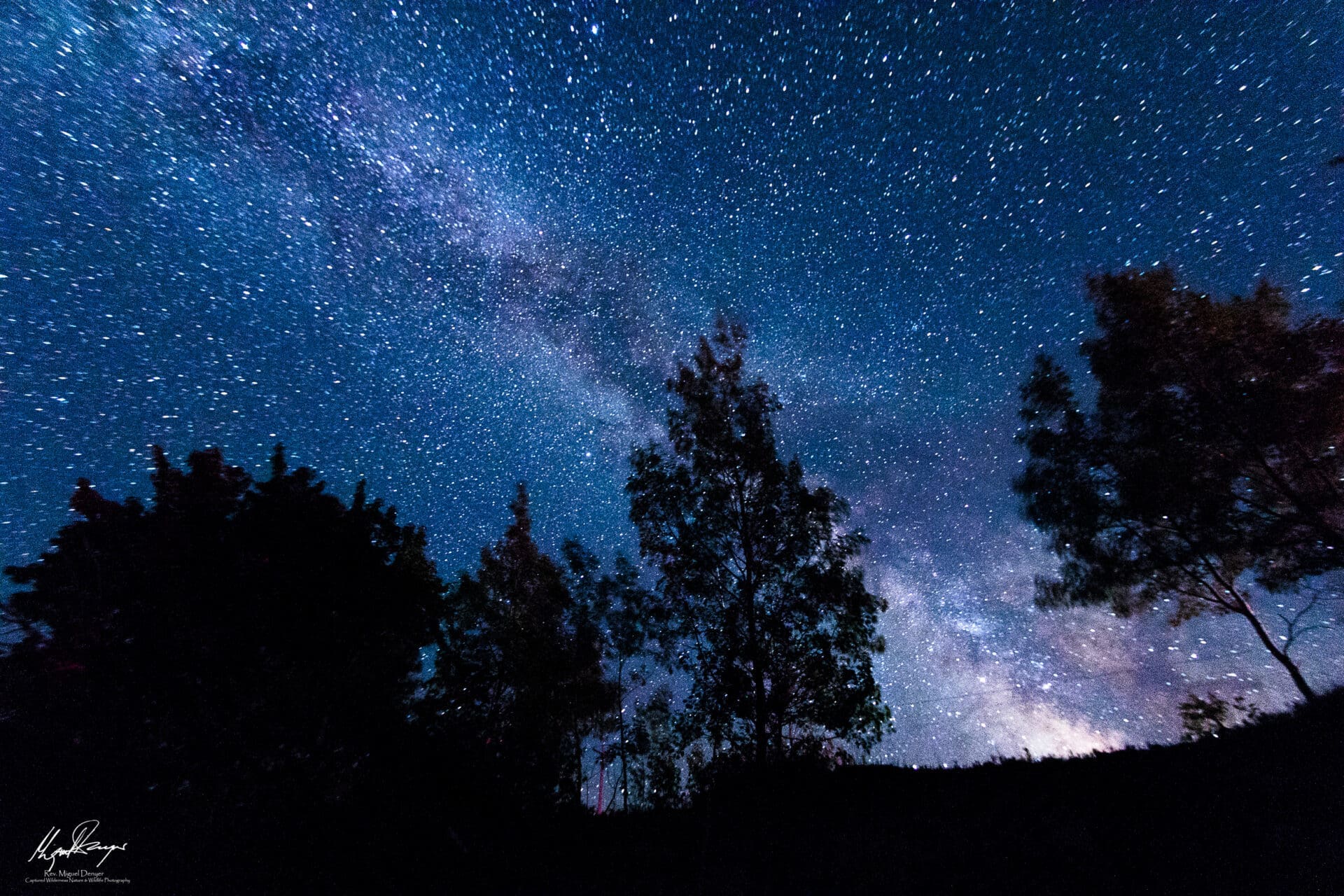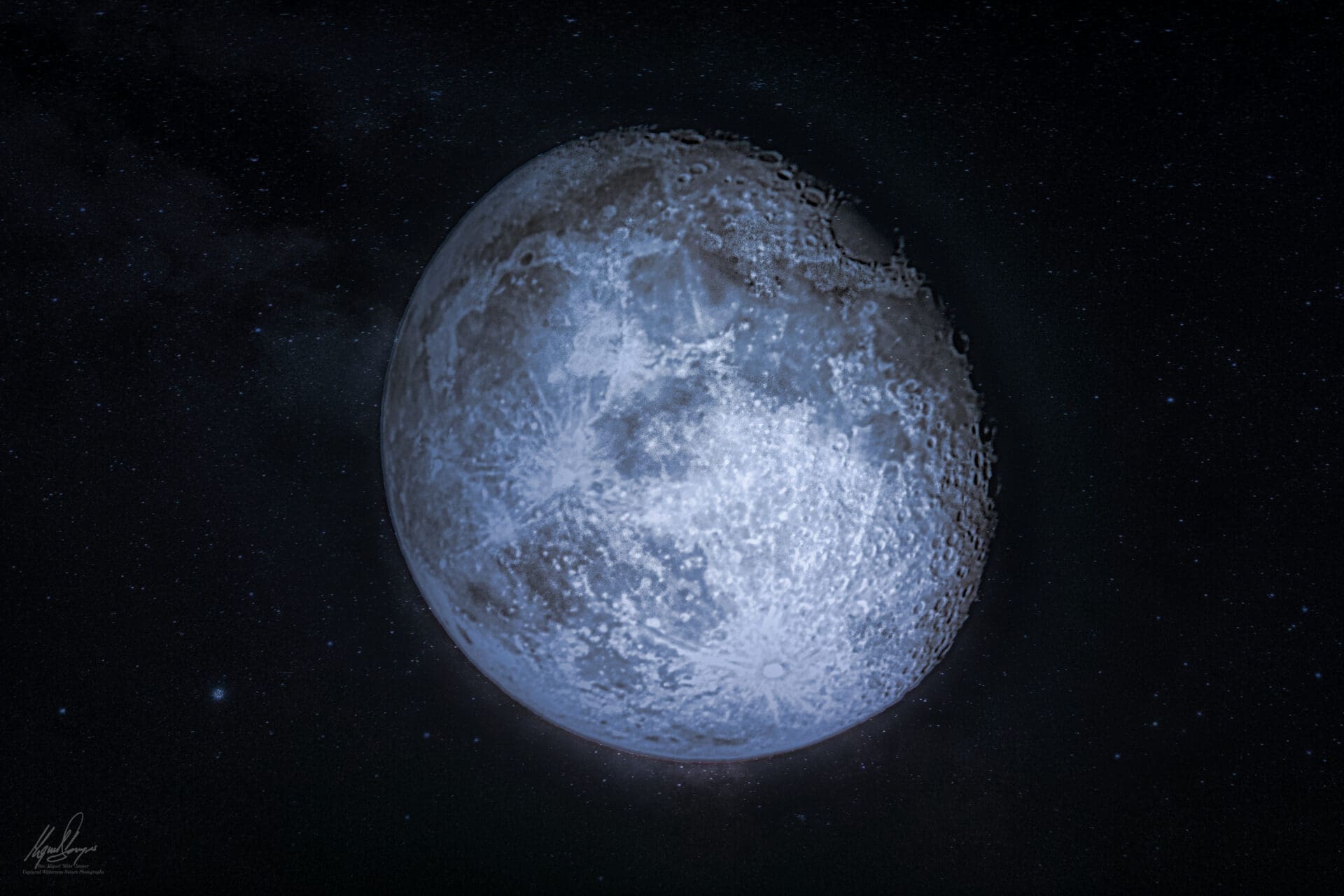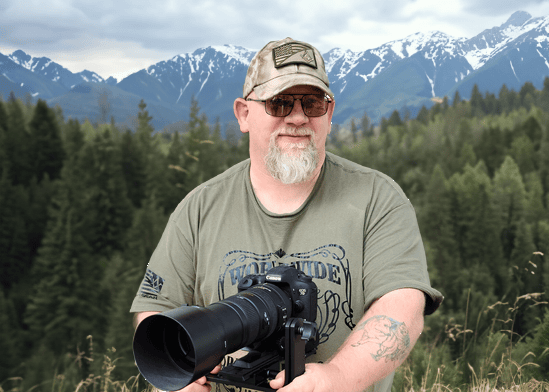Capturing the Cosmos: Essential Gear for Night Sky Photography
Embarking on a night sky photography workshop is a thrilling adventure that offers the chance to capture the beauty of the cosmos. To make the most of this experience, having the right equipment is crucial. First and foremost, a sturdy tripod is essential to keep your camera stable during long exposures. Pair this with a DSLR or mirrorless camera that has manual settings and good low-light performance. A wide-angle lens with a large aperture (f/2.8 or wider) is ideal for capturing expansive views of the night sky and allowing more light to hit the sensor.

Alongside your camera gear, consider bringing a remote shutter release or an intervalometer to minimize camera shake during long exposures. A headlamp with a red light setting is invaluable for seeing in the dark without ruining your night vision or disturbing fellow photographers. Don’t forget extra batteries and memory cards, as long exposure shots can quickly drain your camera’s power and storage.
Finding the best places to view the night sky is another key component of a successful night sky photography session. Dark sky reserves and national parks are excellent locations, as they offer minimal light pollution and clear, unobstructed views of the horizon. Locations like Big Bend National Park in Texas, Cherry Springs State Park in Pennsylvania, and Death Valley National Park in California are renowned for their pristine night skies. When choosing a spot, ensure it is far from city lights and has a low horizon to capture as much of the sky as possible.

Preparation is crucial for a successful night sky photography outing. Check the weather forecast and the moon phase to ensure clear skies and minimal moonlight, which can wash out stars. Familiarize yourself with your equipment in advance, practicing manual focus and settings adjustments in low-light conditions. Plan your compositions and know the celestial events you want to capture, such as the Milky Way, meteor showers, or star trails.
Safety is paramount when venturing out at night. Dress in layers to stay warm, as temperatures can drop significantly after sunset. Bring plenty of water and snacks to keep yourself hydrated and energized. Inform someone of your plans and expected return time, especially if you’re going to a remote location. A fully charged phone, a first aid kit, and knowledge of the local wildlife and terrain will also help ensure a safe and enjoyable experience.
By equipping yourself with the right gear, choosing the best locations, and taking necessary preparations and safety precautions, you’ll be well on your way to capturing stunning images of the night sky. With patience and practice, you’ll be able to create breathtaking photographs that showcase the beauty of the cosmos.


